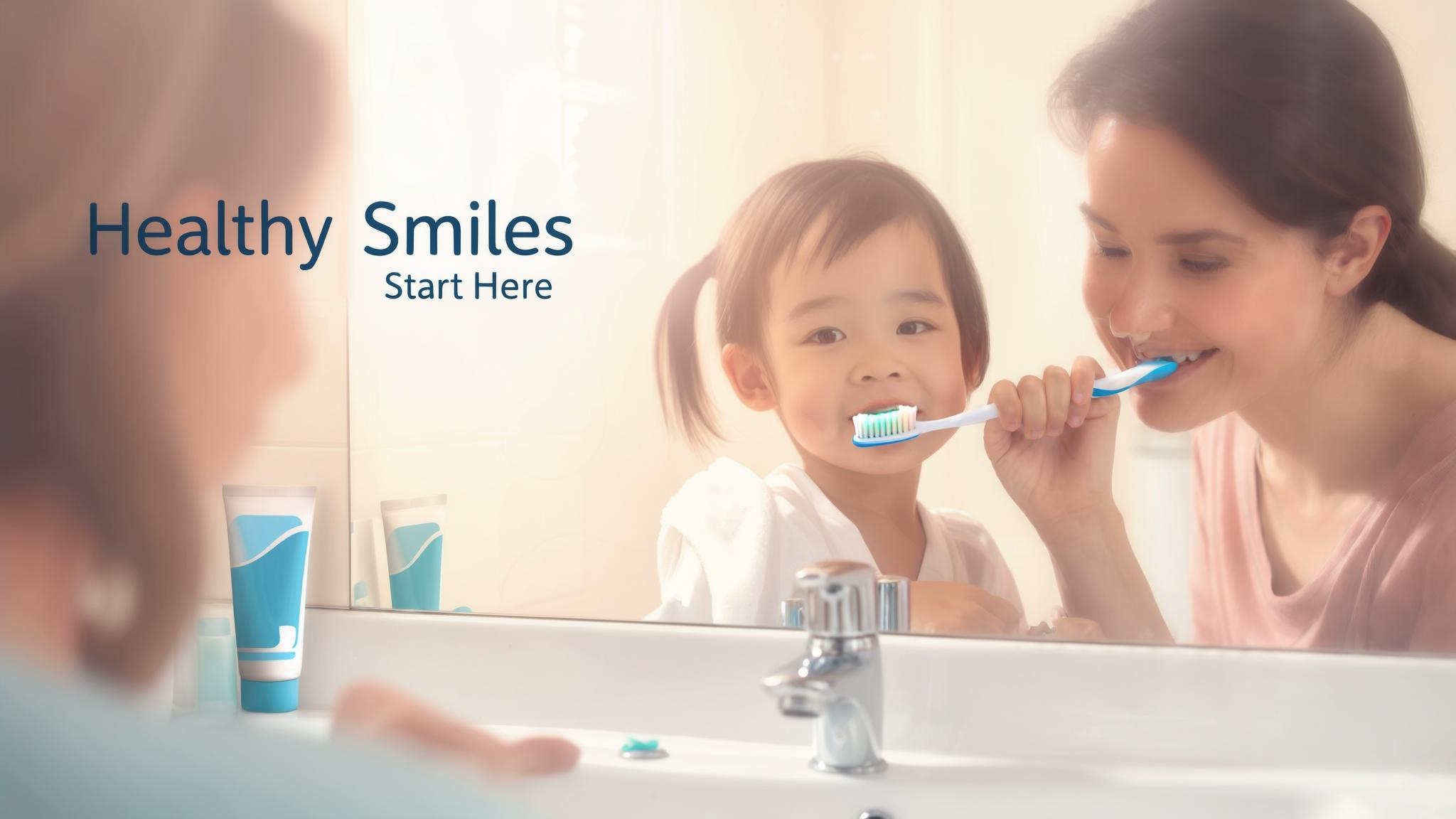Importance of Dental Hygiene in Children
Keeping your child’s teeth clean is crucial for their overall health. Did you know that one in five children has untreated cavities? These dental issues can lead to pain, infection, and even problems with eating and speaking. As a parent, you play a vital role in establishing good oral hygiene habits from an early age. By teaching your child to care for their teeth, you’re setting them up for a lifetime of healthy smiles.
Understanding Children's Dental Needs
Stages of Dental Development
Children's dental needs change as they grow. Here’s a brief overview:
- Teething: This usually starts around six months of age when baby teeth begin to emerge. It’s important to clean these teeth as soon as they appear.
- Baby Teeth: These teeth help with eating and speaking, and they hold space for permanent teeth.
- Permanent Teeth: Typically start coming in around age six. Caring for both baby and permanent teeth is essential to prevent cavities and other issues.
Common Dental Issues
Children often face dental problems like:
- Cavities: Caused by plaque buildup, sugary foods, and poor dental hygiene.
- Gum Disease: Can occur even in young children if teeth aren’t brushed properly.
The Importance of Brushing Teeth
Brushing teeth is more than just a routine; it’s a preventive measure. Regular brushing helps:
- Remove plaque and food particles.
- Prevent cavities and gum disease.
- Establish a foundation for lifelong dental health.
Early dental care is crucial. Studies show that children who maintain good oral hygiene are less likely to develop health issues later in life, such as heart disease or diabetes.
Choosing the Right Tools
Selecting the right toothbrush and toothpaste can make a big difference:
- Toothbrush Size: Choose a toothbrush with a small head and soft bristles, appropriate for your child’s age.
- Toothpaste: Use fluoride toothpaste for children over two years old, as it helps strengthen enamel. For younger children, non-fluoride toothpaste may be suitable, but check with your dentist.
- Regular Replacement: Remember to replace toothbrushes every three to four months, or sooner if the bristles are frayed.
Proper Brushing Techniques
Brushing your child’s teeth doesn’t have to be a chore. Here’s how to do it effectively:
- Positioning: Have your child sit or stand comfortably, possibly in front of a mirror.
- Duration: Aim for two minutes of brushing.
- Technique: Use gentle circular motions, covering all surfaces—front, back, and chewing surfaces.
Gentle brushing is key! Pressing too hard can damage gums and lead to discomfort.
Making Brushing Fun
Encouraging your child to brush their teeth can be enjoyable:
- Use Songs or Timers: Play a two-minute song or use a timer to make brushing feel like a game.
- Reward Systems: Create a sticker chart for consistent brushing habits, rewarding your child after a week of good practice.
- Interactive Tools: Explore apps or games that teach kids about dental hygiene in a fun way.
Establishing a Routine
Consistency is crucial when it comes to dental hygiene:
- Brushing Schedule: Aim to brush teeth twice a day—once in the morning and once before bed.
- Model Good Practices: Children learn by watching. Brush your teeth alongside them to reinforce the habit.
When to Seek Professional Help
Sometimes, a trip to the dentist is necessary. Look for these signs:
- Tooth Sensitivity: If your child complains about pain when eating or drinking.
- Visible Cavities: Dark spots or holes in their teeth.
- Regular Check-Ups: Schedule dental visits every six months for preventive care.
During a dental visit, expect a gentle cleaning and examination. This helps catch any issues early on.
Conclusion
In summary, teaching your child effective brushing techniques is essential for their dental health. By actively engaging in their dental hygiene, you’re helping them develop habits that will benefit them for years to come. Remember, a healthy smile starts at home!

